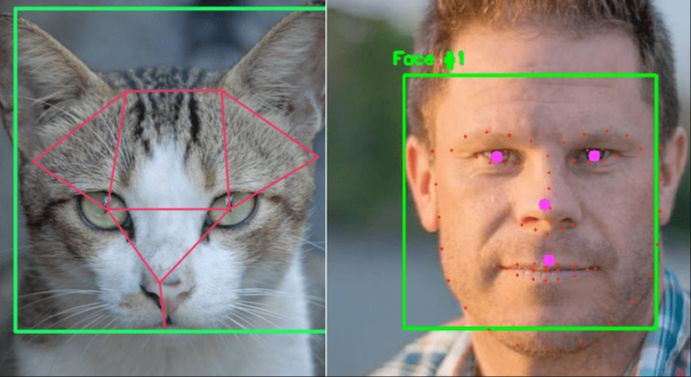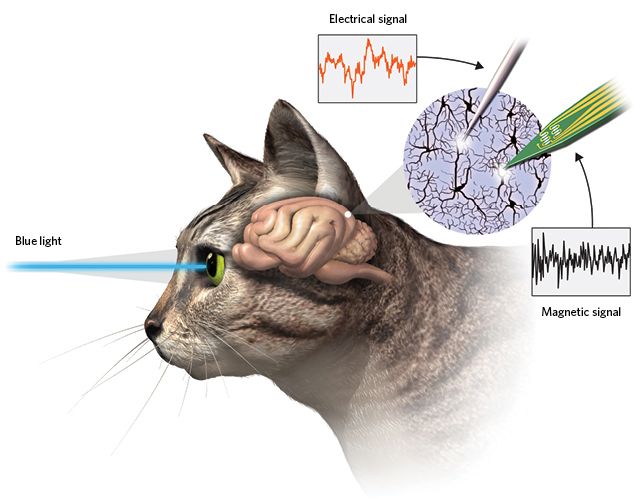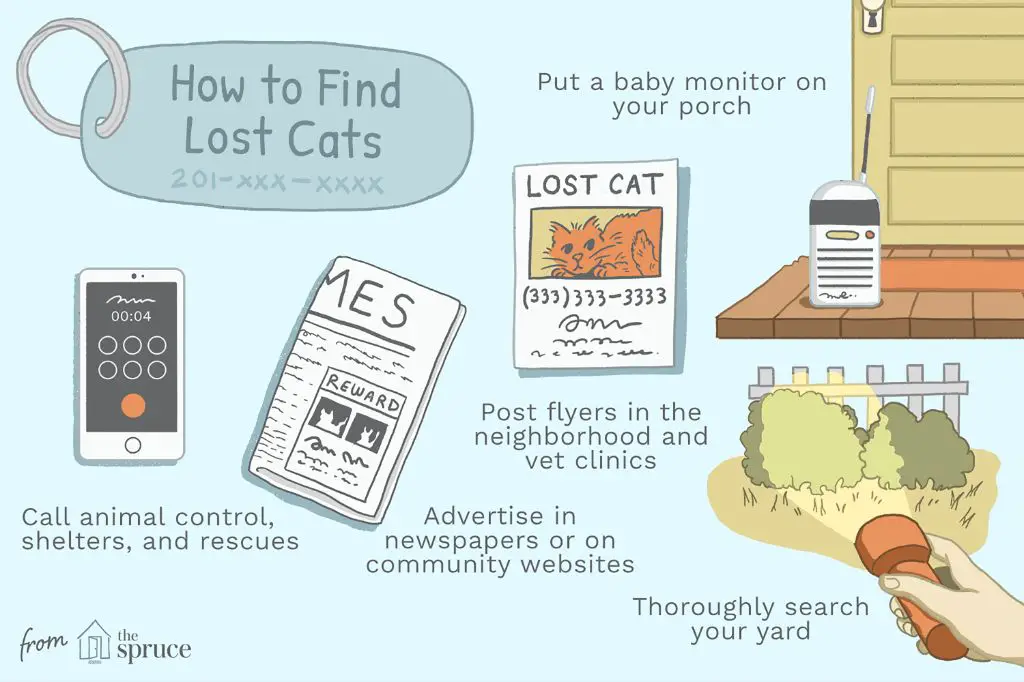Lorem ipsum dolor sit amet, consectetur adipiscing elit, sed do eiusmod tempor incididunt ut labore et dolore magna aliqua. Ultri adipiscing elit, sed do eiusmod tempor incididunt ut labore et dolore magna aliqua. Ut enim ad minim veniam, quis nostrud exercitation ullamco laboris nisi ut aliquip ex ea commodo consequat. Duis aute irure dolor in reprehenderit in voluptate velit esse cillum dolore eu fugiat nulla pariatur.[https://www.burgesspetcare.com/blog/cat/the-homing-instinct-can-cats-really-find-their-way-home/](https://www.burgesspetcare.com/blog/cat/the-homing-instinct-can-cats-really-find-their-way-home/) Excepteur sint occaecat cupidatat non proident, sunt in culpa qui officia deserunt mollit anim id est laborum.
Senses Cats Use
Cats rely on several key senses to navigate their way home, including sight, hearing, smell, and magnetic field detection (Tractive).
Sight

A cat’s vision is adapted for hunting and observing movement, with a wide field of view but poorer color vision and visual acuity than humans. However, their excellent night vision via rod-dominated retinas allows cats to visually navigate and identify landmarks at night (PAWS Chicago).
Hearing
With an extensive range of hearing and 32 muscles controlling their outer ear, cats can swivel their ears to precisely locate sounds in 3D space. This aids navigation by identifying familiar sound cues (Purina).
Smell
A cat’s sense of smell is 14 times stronger than humans due to having 45-80 million odor receptors. By following scent trails and odors from familiar locations, cats can find their way home (PAWS Chicago).
Magnetic Fields
Evidence suggests cats may sense magnetic fields, using the iron in their noses and ears. This magnetoreception guides migration and homing in other species, and may supplement a cat’s mental map (Tractive).
Visual Cues

Cats rely heavily on their excellent vision to find their way home. With a visual field of 200 degrees compared to humans’ 180 degrees, cats can see more of their surroundings at once. Their eyes are specially adapted to detect slight movements and see well in low light conditions. According to Nickolay Lamm’s cat vision project, cats may see the world in more muted colors than humans, but their vision is sharp for detecting motion and discerning detail.
Cats rely on visual landmarks like fences, trees, and buildings to find their way home. They take note of light patterns, remembering which houses have lights on at night or sunlight reflecting during the day. The position of the sun helps cats determine direction. Over time, familiar visual cues along frequently traveled routes create a mental map in a cat’s memory to guide it back home.
Scent Trails
Cats have a powerful sense of smell, with more than 200 million odor-detecting cells compared to only 5 million in humans (source). They use this keen sense of smell to identify and follow their own scent trails back home. As cats travel, they leave behind scent markers by rubbing up against objects, scratching trees, and depositing urine. These scent markers create a trail that the cat can detect and follow back the way they came.
Cats are able to recognize and remember their own scent for several months. Even as their scent markers fade over time, they can still pick up the traces to retrace their steps. Their ability to detect extremely faint odors allows them to follow these scent trails over long distances and through complex environments. This is one of the key ways that cats are able to navigate back to familiar territory when they get lost.
Hearing
Cats have excellent hearing that helps them navigate their environment and find their way home. A cat’s hearing range is about 1.6 to 2.5 times greater than humans, allowing them to hear high-pitched sounds up to 64 kHz compared to a human’s range of 20 Hz to 20 kHz (Hartz). Cats can recognize the sounds of familiar voices, vehicles, and daily routines, using these auditory cues to determine location and find their way back home.
In particular, cats are adept at recognizing their owner’s voice and associating it with safety and home. Research shows that cats can mentally map their owner’s location just from hearing their voice, exhibiting surprise if their owner suddenly appears from an unexpected location (New Scientist). This ability to recognize familiar voices helps guide cats back to their homes and owners.
Magnetic Fields

Cats have an extraordinary sensitivity to the Earth’s magnetic field that likely helps them navigate long distances. According to The Feline Compass, researchers discovered that cats, along with humans and other species, possess magnetoreception – the ability to detect magnetic fields and use them for orientation and navigation.
The Earth’s magnetic field provides a constant source of directional information that cats can tap into. Experts believe magnetoreception helps explain stories of cats traveling hundreds of miles to return home after getting lost. As The Kitty Who Walked 200 Miles Home notes, sensing magnetic fields offers cats (and other animals) a navigational ability that humans lack.
Mental Maps
Cats have a remarkable ability to form mental maps of their home territory and surroundings. According to a 2021 study published in the journal Frontiers in Psychology, cats create cognitive spatial representations to remember locations, especially their owner’s location, similar to how humans mentally map spaces (Takagi, 2021). When a cat’s owner called the cat’s name from an unseen location, the cat would immediately look in the correct direction, demonstrating that they had formed a mental map of their owner’s location just by hearing their voice.
Cats rely heavily on these mental maps of their home territory to navigate back after venturing out. As territorial creatures, they become very familiar with their local environment, memorizing visual landmarks, walkways, hiding spots, and other features to find their way back efficiently. Their mental mapping capabilities likely rely on their hippocampus, similar to spatial mapping in humans. By forming cognitive representations of their physical spaces, cats can successfully return home even from unfamiliar starting points, a capability that depends on their spatial memory skills.
Troubleshooting Tips
There are some helpful tips and strategies pet owners can use to prevent cats from getting lost and increase the chances of finding lost cats. Some key recommendations include:

To prevent cats from getting lost:
- Keep cats indoors or build an enclosed outdoor space like a catio. Indoor cats live longer, healthier lives and are at less risk of getting lost (https://www.humanesociety.org/resources/how-find-lost-cat).
- Get cats microchipped and make sure their collar has visible ID tags with your current contact information.
- Create a familiar home environment. Cats are less likely to run off if they feel comfortable and secure in their territory.
To find lost cats:
- Immediately start searching nearby streets, bushes, garages, and other hiding spots. Listen for meows. Most lost cats are found close to home (https://www.rover.com/blog/how-to-find-a-lost-cat/).
- Place the cat’s bed, toys and litter box outside so the scent can guide them back. Familiar scents can help draw cats home.
- Post flyers with photos around the neighborhood and notify local vets, shelters and rescues.
- Set humane traps or motion-sensor cameras near your home to try to spot the cat.
Following these tips can greatly increase the chances of reuniting with a lost cat. But staying calm and persistent is key – keep searching and don’t give up hope!
Notable Examples
One of the most famous cat journeys is depicted in the 1963 Disney film The Incredible Journey, based on the novel by Sheila Burnford. In the film, a Siamese cat named Tao, along with two dogs, treks 250 miles through the Canadian wilderness to return to his family. While a work of fiction, the film showcases some of the techniques cats may use to navigate over long distances, including their strong sense of smell and ability to create mental maps.
In real life, cats have completed some astonishing journeys to return home after being lost or abandoned. In 2012, Holly, a 4-year-old tortoiseshell, turned up on her family’s doorstep in Daytona Beach, Florida after going missing two months prior and being presumed dead. Somehow she managed to travel nearly 200 miles from West Palm Beach where she originally went missing. It’s believed she tracked her way using her keen senses, persistence, and ability to survive outdoors (The Incredible Journey (film)).
Conclusion
This article has explored the astonishing ability of cats to find their way home over long distances. Cats rely on a combination of senses and mental mapping to navigate back to familiar territory. Their extraordinary vision, hearing, and sense of smell allow cats to recognize landmarks and follow scent trails. Research also suggests cats may sense magnetic fields and use the angle of the sun to determine direction. While their homing ability seems almost magical, it can be explained by science. A cat’s memory, instincts, and sensory capabilities work together to guide them home. This remarkable skill has enabled domestic cats to survive and thrive alongside humans for thousands of years. Though cats treasure their independence, their desire to return home reflects the strong social bonds they form with their human families. Understanding how cats find their way illuminates the complex intelligence behind their aloof and mysterious exterior.

